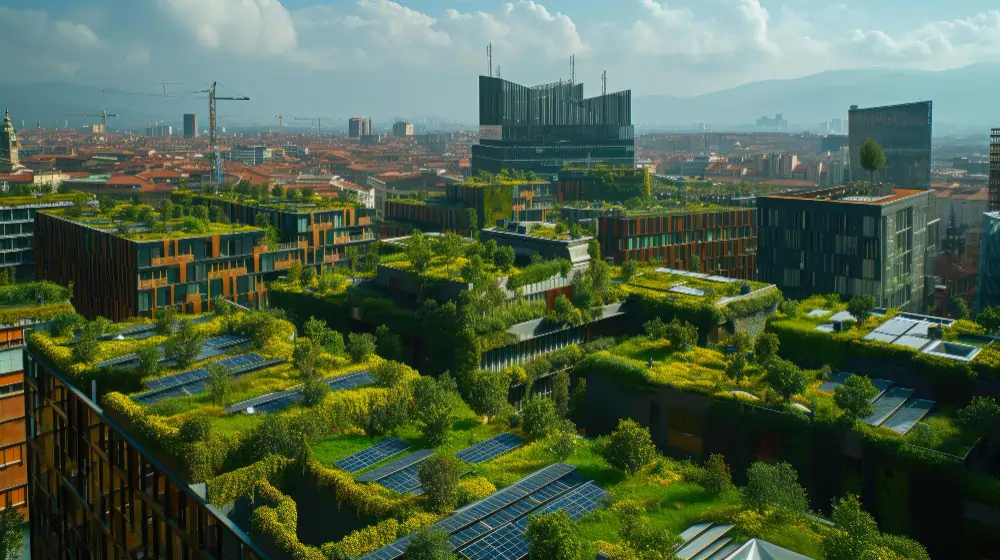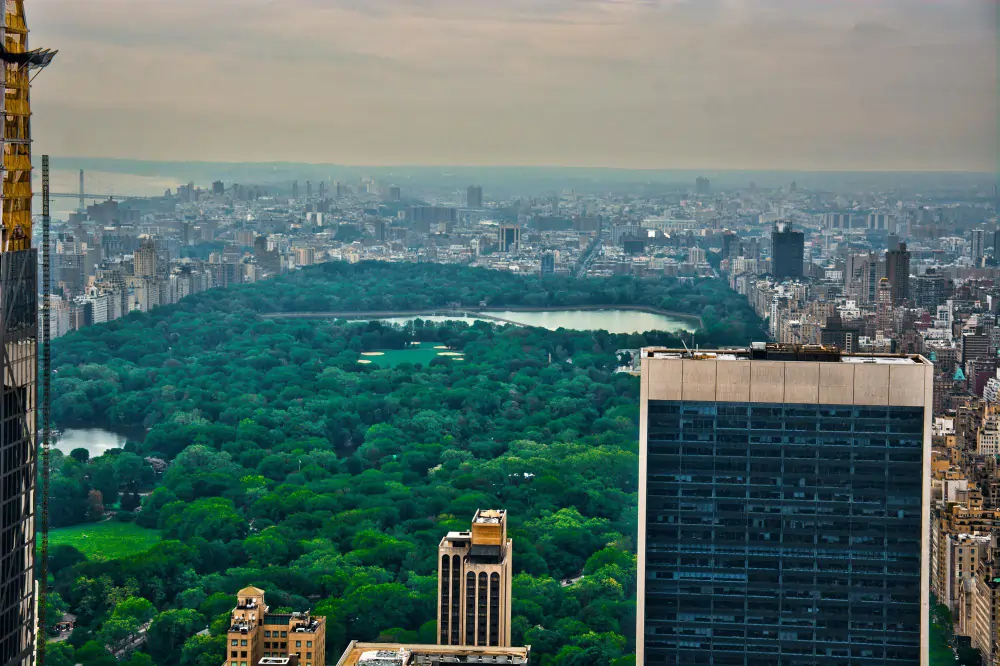Lorem ipsum adipiscing purus fermentum. Praesent vitae quam sed...


The US is home to more than 2,600 National Historic Landmarks (NHLs), making historic preservation a priority. In addition, many historic homes are for sale, waiting for something to breathe life into them. The ongoing debate about whether historic preservation supports green real estate goals is worth mentioning. The answer is yes, they do, but only as long as the right preservation practices are used.
If you are also interested in historic preservation and its relationship with sustainability, this blog is for you. Here, we will understand how these preservations support green real estate goals.
Contrary to what many would like you to believe, historical preservation supports green real estate in several ways. But you need to be gradual with your approach to historical preservation with green building practices. So, let’s take a closer look at some of these ways:
Historic preservation promotes rehabilitation over demolition, which helps save on energy needed for new construction. The idea here is to avoid embodied energy, which refers to the energy a building consumes throughout its lifecycle. This includes everything from procuring raw materials to construction and reusing existing structures to help reduce this significantly.
Construction and demolition waste is not a new headache for the world and the US. These waste materials are not properly recycled and are known for contributing to air pollution. When you leverage historic preservation, it relies on using the existing components in the building to the greatest extent. This naturally reduces the amount of waste ending up in landfills.
We know the importance of proper sustainability in today’s construction projects. Thanks to the unique characteristics of historical buildings, meeting sustainable goals becomes much easier and more achievable.
These buildings often have thick memory walls, operable windows, and high ceilings. These characteristics offer better insulation and ventilation, reducing reliance on HVAC systems.
Not many people realize this, but old historic buildings are often great choices for integrating modern green technologies. You can easily take this opportunity to install solar panels, high-efficiency windows, and modern geothermal systems. This is a surefire way to enhance the building’s overall energy efficiency and achieve favorable outcomes.
Another important reason to prioritize historical preservation for buildings is using adaptive reuse architecture. This could mean converting an old factory into residential lofts for people’s accommodation needs. This enhances the building’s overall lifespan and gives us a proper way to avoid unnecessary demolition. As a result, this helps maximize the reuse of existing structures and minimize the overall environmental impact.
It is no secret that despite their old construction, historical buildings are made with high-quality and durable materials. This is quite apparent, considering these buildings last for generations with just minor repairs and tweaks. These buildings use materials such as stone, bricks, and timber that do not require much maintenance. Besides, replacing them is quite easy and possible with the proper approach.
The carbon footprint of buildings has become so much more than just a buzzword. It has become a priority for most building owners, and historical preservation can also help you ace these sustainability charts. These buildings are a great first step toward reducing the overall carbon footprint, and this is crucial for the fight against climate change.
Urban development is one of the major contributors to construction-related pollution. This calls for a more sustainable approach; historic preservation is a great way to realize this goal. This encourages people to reuse existing materials and resources to minimize the overall environmental impact. This approach can be a true game-changer for creating more sustainable cities to combat climate change.

While there are many apparent benefits of leveraging historical preservation with sustainable architecture, there are also certain challenges you need to know about. Understanding these challenges and their effect on the project is imperative to realize your goal successfully. That said, let’s take a closer look at these challenges and find ways to navigate them:
One of the major challenges you will face with historical preservation is the lack of awareness about these projects. It is important that more and more people learn and understand the positives of these projects. This means educating the people about the social and environmental benefits of historic preservation. This will make it much easier to garner support from the public and revitalize older buildings.
Like any other construction project, historical preservation projects rely on proper funding. Unfortunately, the lack of public awareness about their positive aspects makes it challenging to secure adequate funding. Besides, there is also an apparent lack of proper government incentives to promote these initiatives. This makes it very important to address these concerns and generate adequate funding for these preservation projects.
Another common challenge with historical preservation is striking the right balance in challenging situations. In this case, it is mostly about striking the right balance between modern needs and preservation. While this is not a very apparent challenge, you might face it on certain occasions, depending on the building. This is where you need a proper design and well-thought-out approach to understand the building’s specifics and strike the right balance.
By now, it must be apparent that the historical preservation of older buildings and green real estate share the same goal. The primary goal is to promote more sustainability with the right approach to eco-friendly building design.
This requires us to take the right approach to leverage these preservations and benefit from the environmental perks of these projects. Also, make sure you are mindful of some of the common challenges you might face with these projects. This will help you work on these projects more effectively and get the most out of them.
Lorem ipsum adipiscing purus fermentum. Praesent vitae quam sed...
Lorem ipsum adipiscing purus fermentum. Praesent vitae quam sed...